

Inbound Trends: Japanese Perceptions of Foreign Visitors Surging in 2023
Inbound Trends: Japanese Perceptions of Foreign Visitors Surging in 2023
As international tourism rebounds following the COVID pandemic, the interactions between Japanese locals and foreign visitors are increasing, reflecting a shift in social dynamics. A recent survey conducted by ONE Co., Ltd. involving 1,000 respondents aged 10 to 60 revealed remarkable insights about these interactions, contributing to our understanding of Japan's evolving relationship with inbound tourism.
Key Findings from the Survey
One of the standout findings from this survey is that one in four Japanese individuals (25.0%) reported being approached by foreign tourists since the beginning of the year. The primary interaction involved being asked for directions (72.8%), followed by requests to take photos (28.0%), inquiries about shopping (25.6%), and questions regarding dining options (21.6%). This indicates a growing trend of natural communication between locals and visitors in everyday settings, whether in urban areas or popular tourist spots.
Interestingly, the emotions expressed during these encounters were varied. While 43.6% felt nervous when approached, a noteworthy 31.6% indicated they had a fun experience, and 28.8% felt pleased. This suggests that despite the challenges associated with language barriers and cultural differences, there is a budding enthusiasm for cross-cultural exchanges among the Japanese populace.
Mixed Reactions to Inbound Tourism
While many recognize the positive aspects of increased foreign tourism, a significant portion of the population is less enthusiastic. Survey results showed that 65.2% of respondents felt that the increase in foreign tourists is not a welcome change. Concerns surrounding manners (65.0%), safety (55.7%), and overcrowding (49.7%) topped the list of apprehensions. Notably, many Japanese residents worry about the impact of overtourism on their daily lives, leading to a dichotomy in opinions regarding the benefits of foreign visitors.
On the flip side, 35.7% of respondents expressed optimism, citing the revitalization of local economies and opportunities for cultural exchange as positive outcomes. These multifaceted reactions underscore the complexity of perspectives on tourism's impact on Japanese society.
Rediscovering Japan's Beauty Through Foreign Eyes
Interestingly, the influx of foreign tourists is prompting Japanese people to reassess the beauty and uniqueness of their culture. When asked about the aspects of Japan that they find appealing, the top responses included daily etiquette (40.0%), the precision of public transportation (33.7%), the beauty and history of temples and shrines (31.1%), as well as the aesthetics of traditional gardens and cityscapes (30.7%). This newfound appreciation among locals reflects the potential for tourism to foster a sense of pride in Japanese culture and heritage.
The Generation Gap: A Positive Outlook on Interaction
The survey findings also highlighted a generational divide in the perception of foreign tourists. While 67.2% of participants felt a difference in cultural approaches to tourism, younger respondents, particularly those in their teens and twenties, showed a more positive view of interactions with foreign visitors. They reported higher interest in everyday interactions, such as meetings in non-tourist settings like convenience stores or residential areas, as well as a greater eagerness to connect with locals (22.1% for younger respondents versus 11.9% overall).
This shift in attitude among younger Japanese may pave the way for more positive cultural exchanges in the future.
Conclusion: Moving Toward a Harmonious Future
The converging narratives of Japanese perspectives on inbound tourism paint a complex image of cultural interactions. While the benefits of increased communication and economic vitality are evident, there is a pressing need for a shared understanding of tourism etiquette and manners to ensure a smooth coexistence between locals and visitors. As Japan positions itself as a global tourism destination, fostering a culture of acceptance and mutual respect will be key in navigating the evolving landscape of inbound tourism.
The results of this survey present vital insights for industry stakeholders, policymakers, and communities as they navigate the challenges and opportunities posed by inbound tourism.
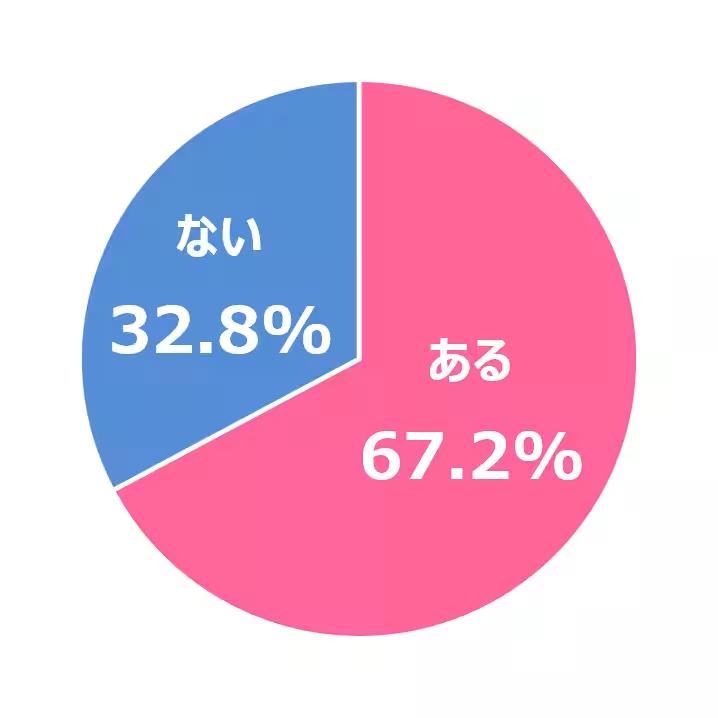
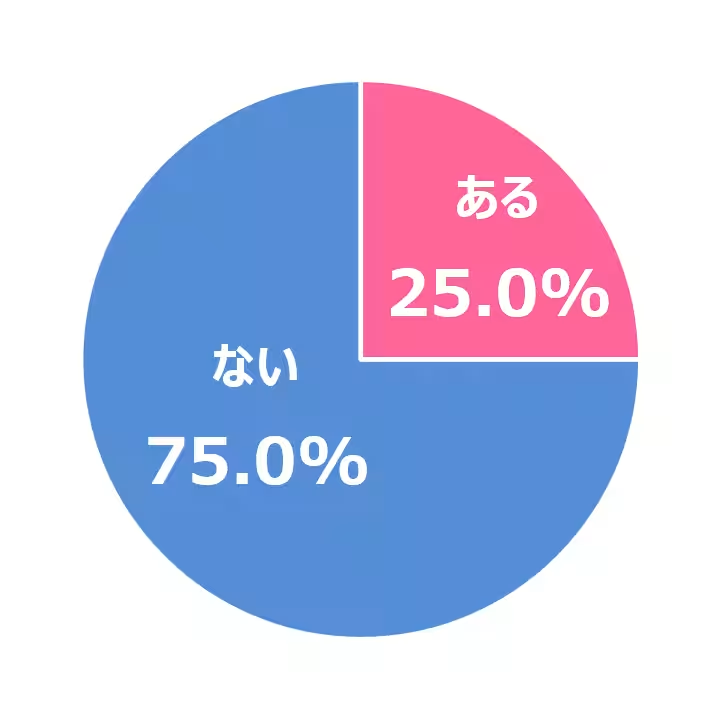
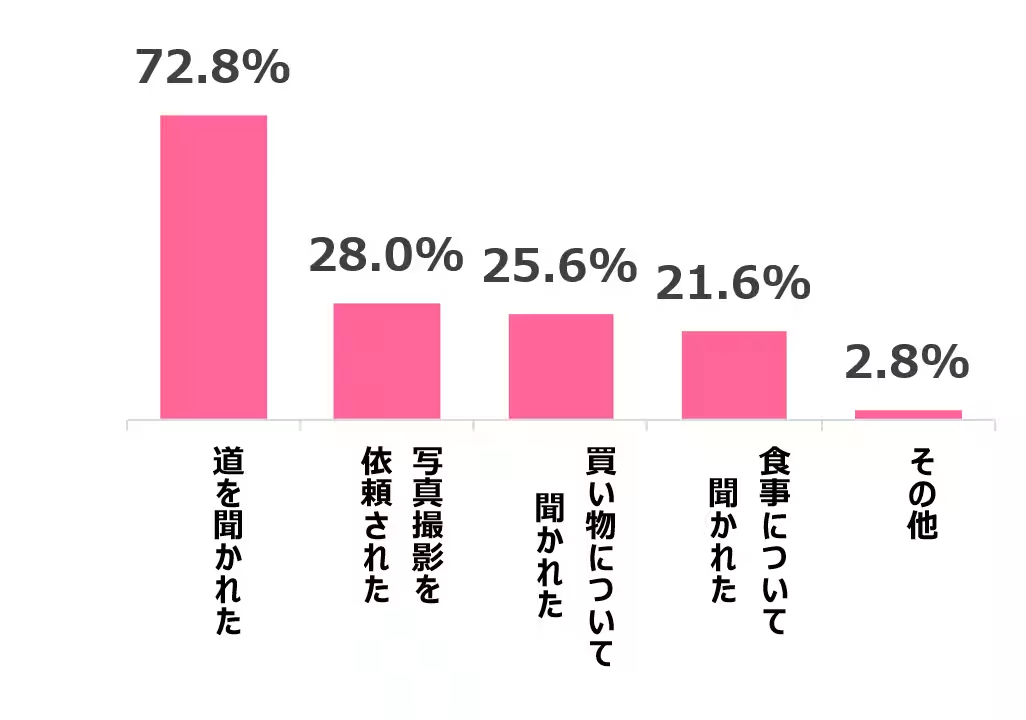
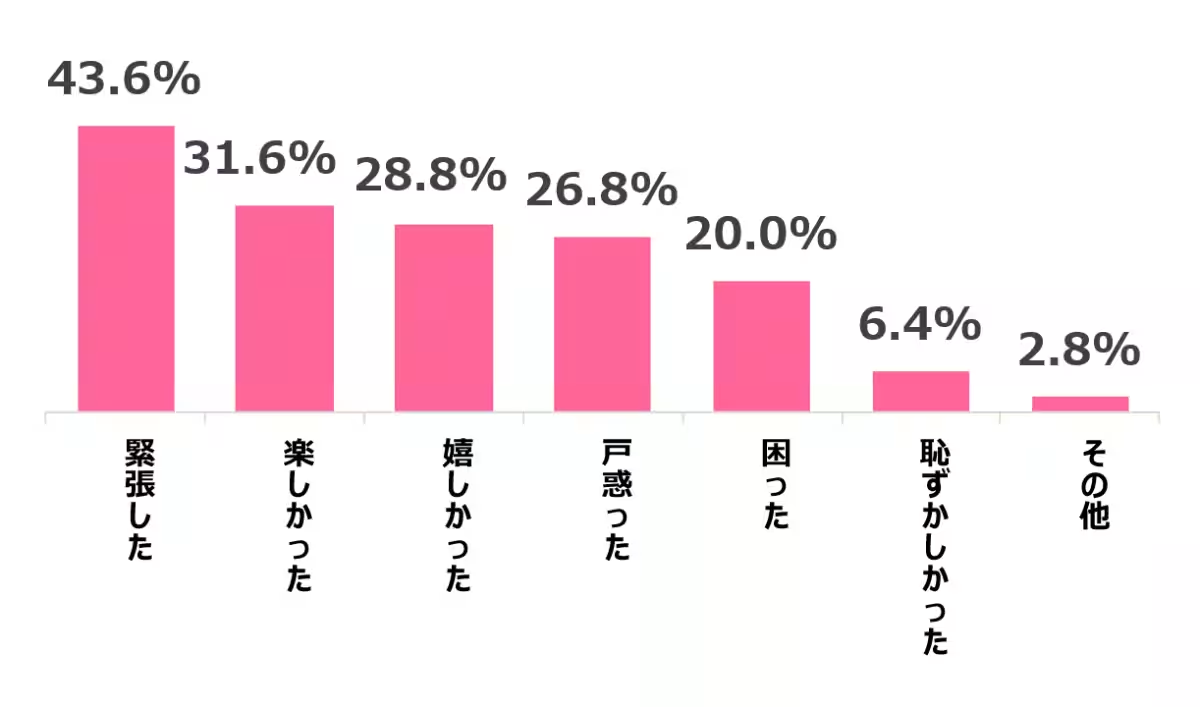
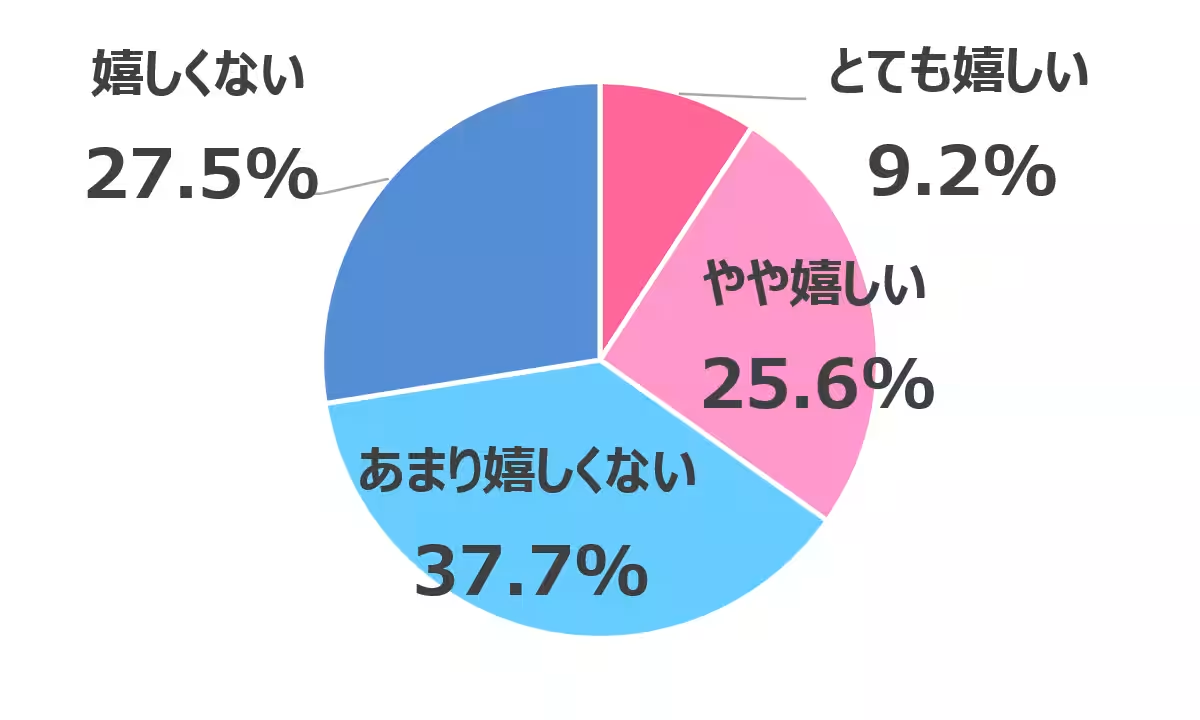
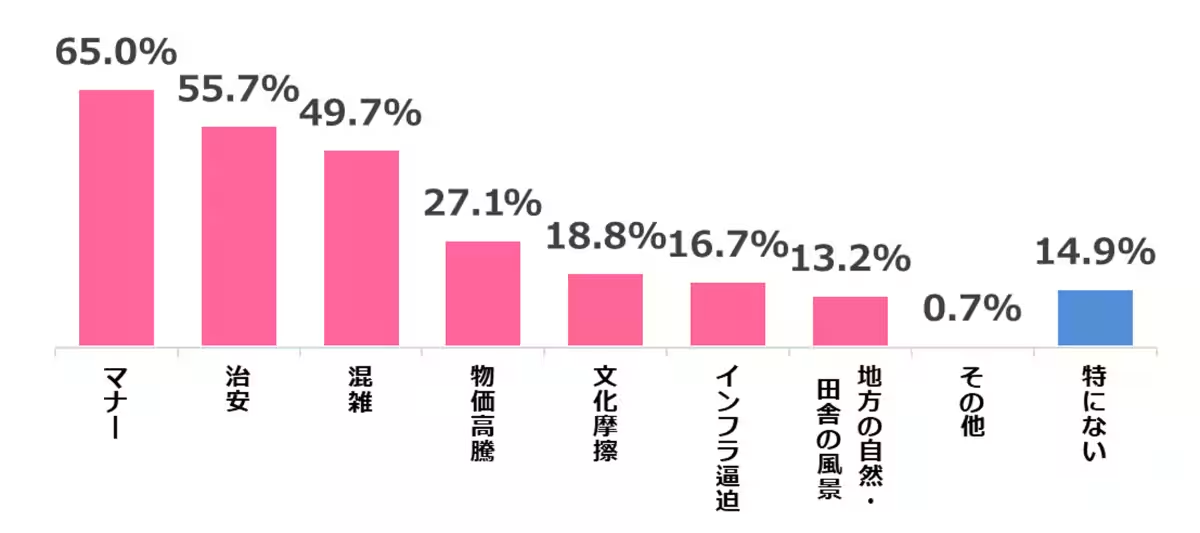
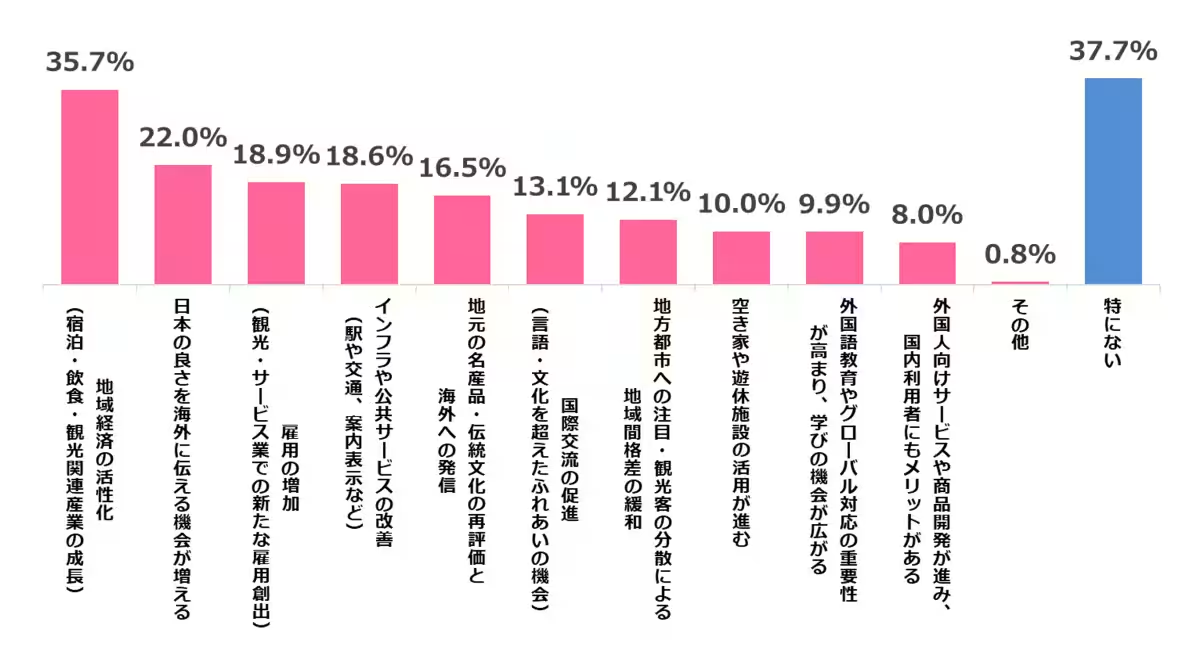

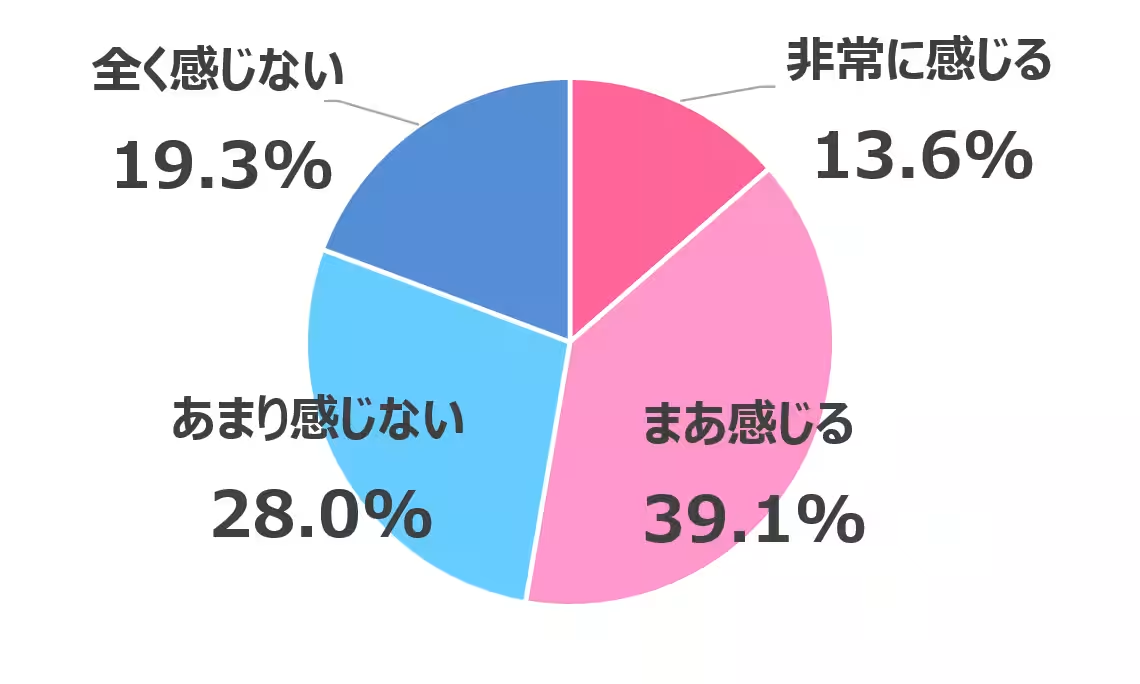
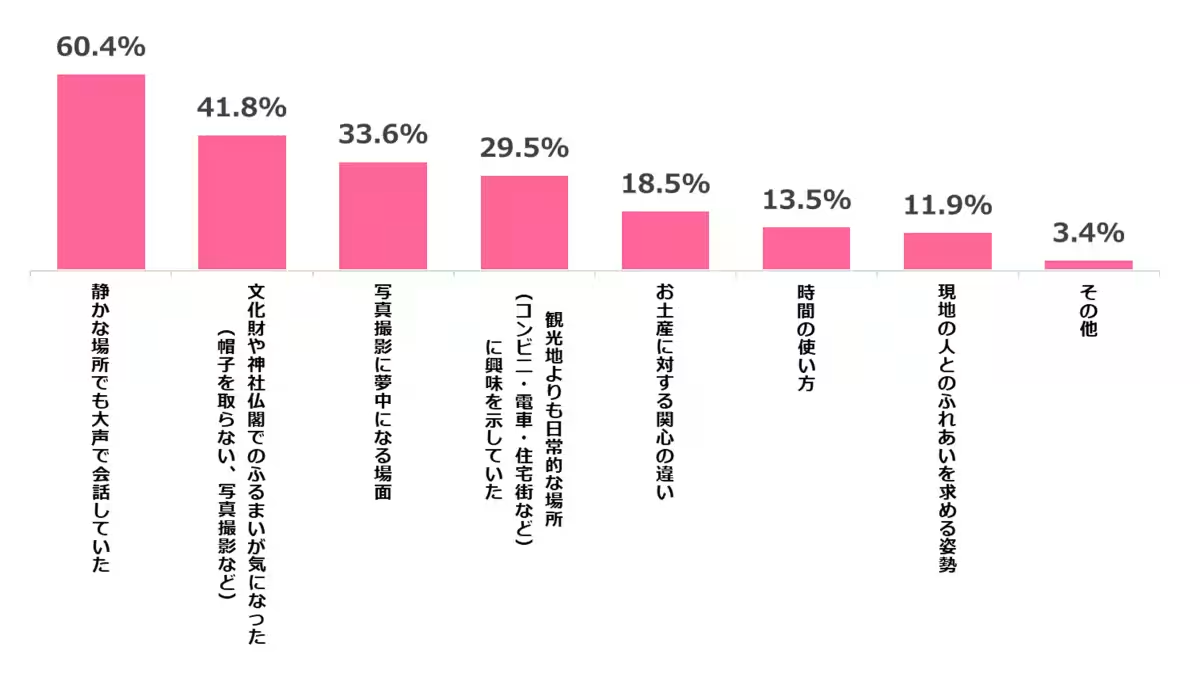
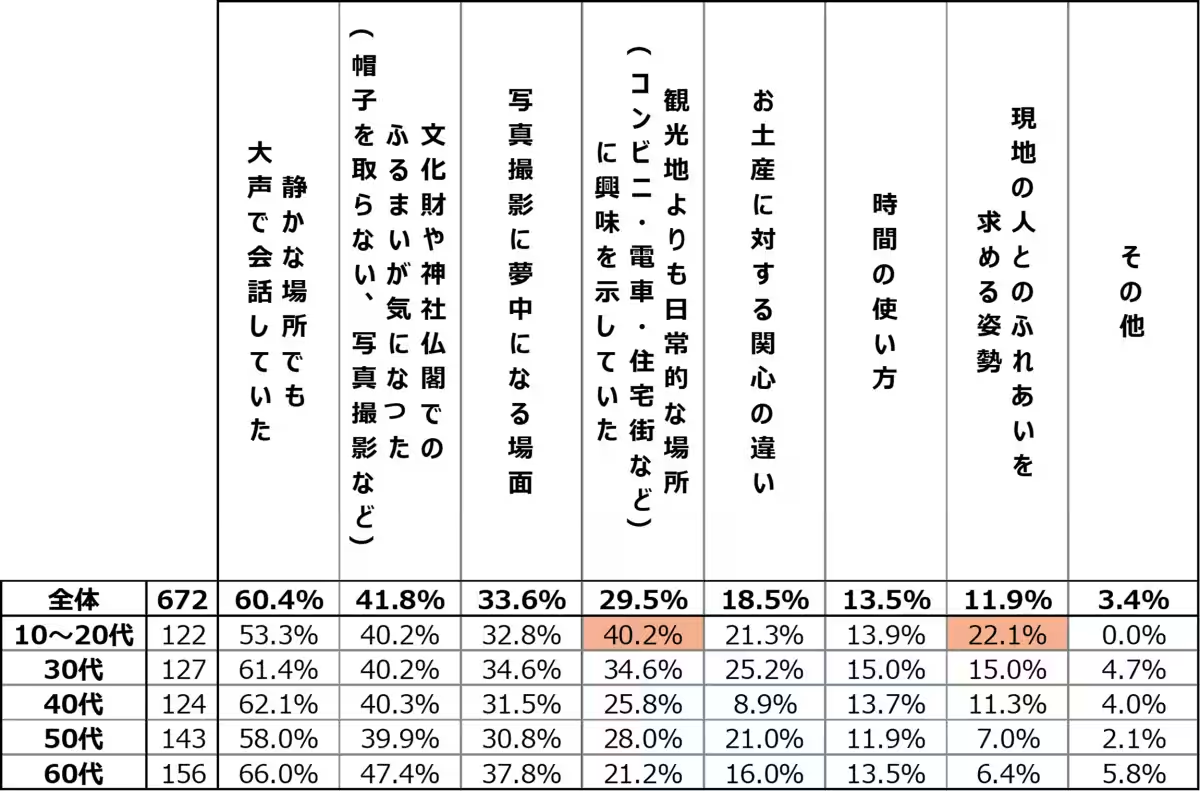

Topics Travel)






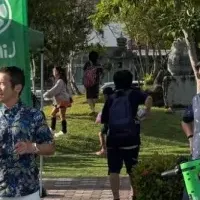



【About Using Articles】
You can freely use the title and article content by linking to the page where the article is posted.
※ Images cannot be used.
【About Links】
Links are free to use.